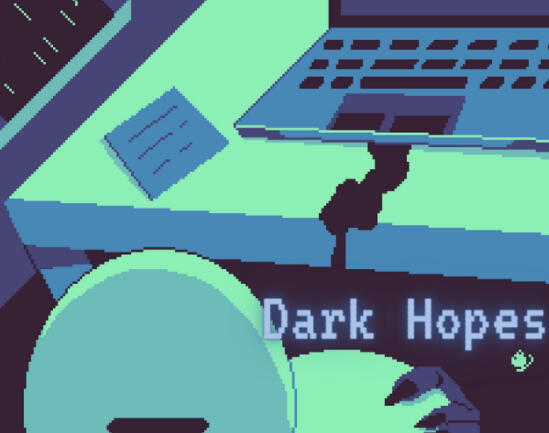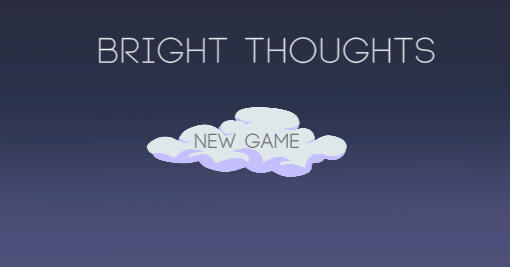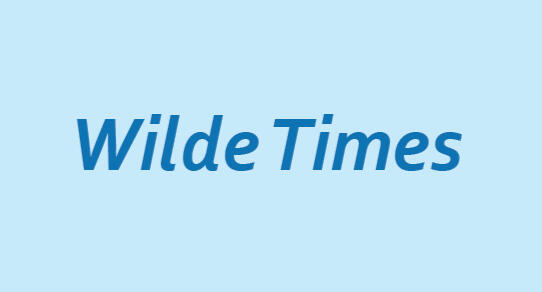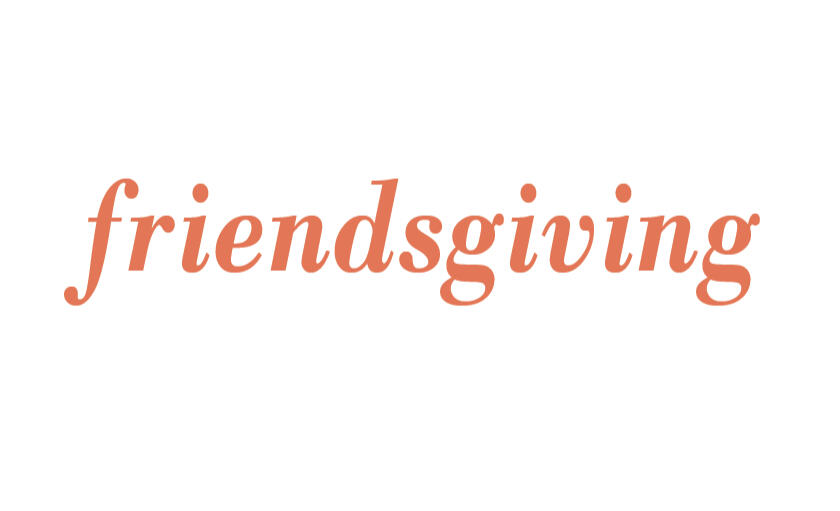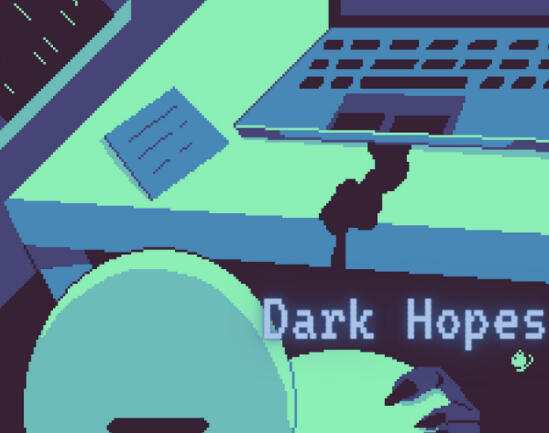KIERAN TOBIAS
game & narrative designer
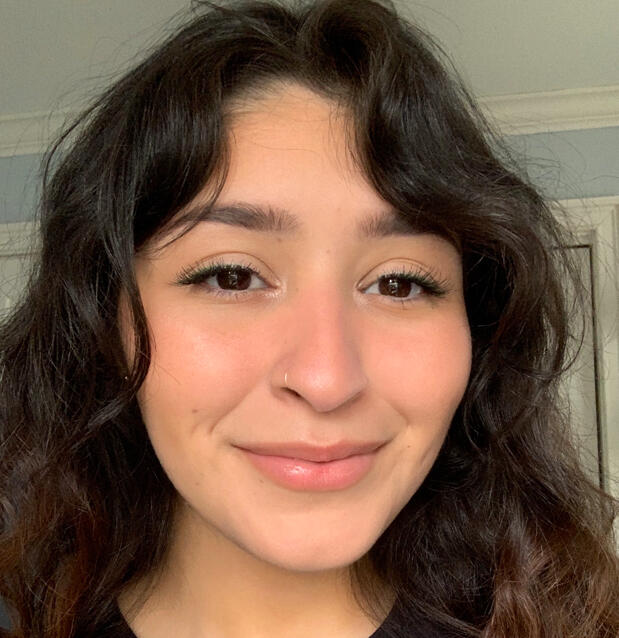
PROJECTS
writing
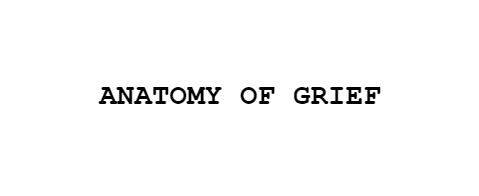
Anatomy of Grief is a dramatic script concerning the toll of heartache.
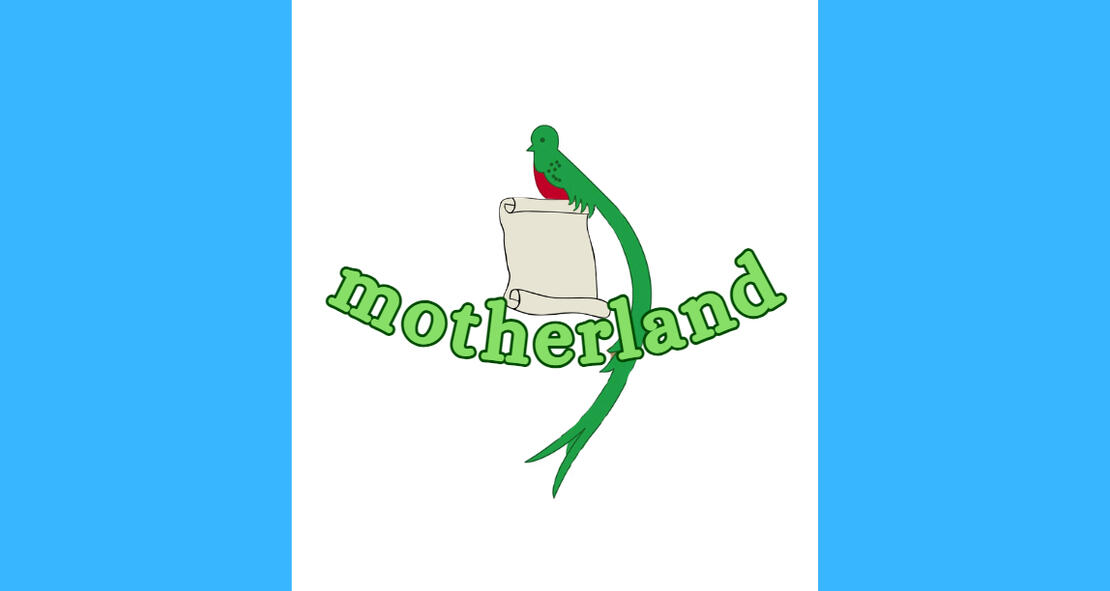
motherland is a poem that explores heritage.
interactables
Game Show is a tender and terrifying piece of interactive science fiction that delves into the lives and choices of four individuals, thrust into a mysterious and perilous game.Developed in Twine.Solo project.
Dark Hopes is a soft-horror visual novel with branching narratives about hope and vengeance, created for the Themed Horror Jam #9 Halloween Edition.Developed in Unity by a small team from Brown Girl Gamer Code.Contributions: narrative design
Bright Thoughts is comprised of two distinct yet interrelated games: a point and click adventure during the day wherein your decisions affect the nightly platformer. Created for the IGA Jelly Jam.Developed in Unity.Contributions: narrative design, level design
Wilde Times is a 3rd person RPG that takes place in a world post-environmental disasters wherein the player must navigate through dangerous wilderness to reach Camp Wild and find the key to saving Camp Fields!Developing in Unity. On hiatus.Contributions: game design, narrative design

Memory - Disk - Dolls is a standalone level exploring memory and identity.Developed in Unreal Engine 4 by a small team for Code Coven's Intro to Game Making course.Contributions: narrative design, puzzle design, programming

Hello there! I am a game and narrative designer that is passionate about finding new and delightful ways to tell stories. My works are underpinned by themes of home; diversity and inclusion; and, self-actualization.Before pursuing writing professionally, I worked as a high school science teacher, leading classes such as chemistry and biochemistry. I remain fascinated by the intersection of science and society.
Bright Thoughts
The Experience
Bright Thoughts is comprised of two distinct yet interrelated games: a point and click adventure during the day and a platformer at night. Your decisions during the day have consequences for the nighttime game.
This game was developed by a team of 5 for the 48-hour long IGA Jelly Jam, which had a central theme of "sun up, sun down" and a bonus theme of "hint of magic".
The Work
Narrative Design:
* Brainstormed and outlined narrative structure for point and click daytime game
* Wrote text for supermarket narrative branch
* Wrote platformer win screen text
* Established effect of daytime choices on nighttime gameLevel Design:
* Mapped out platforms and enemy placement using grey-boxing in Unity
* Iterated on design based on team playtest feedback


Early on we decided that the provided theme of "sun up, sun down" was reminiscent of working day and night, and landed on an overarching idea of living/coping with burnout.Thus, we made it so that the daytime choices would affect the nighttime game. Specifically, choosing the "draining" response to prompts in the point and click adventure would provide you with less spoon (i.e. lives) in the platformer than if you were to choose the "healing" response. See toothpaste example to the left, and broken egg example to the right.



There are both "memory items" and "informational items" in the point and click game, with the former containing memories in responses, and the latter simply having statements that the player reacts to with chosen actions.The overall structure of the game can be seen in the flowchart I created, to the left.
The bonus theme of "a hint of magic" was incorporated through the whimsical, dreamlike platformer, wherein the basic platforms are clouds and the moving platforms are either packs of gum (horizontal movement) or orange slices (vertical movement). There are also small, dark sprites that act as enemies; they do not attack, but touching them harms the player. This harm is shown by the losing of spoons -- in reference to the colloquial meaning of spoons to be "energy", particularly for neurodivergent people.




The initial level design consisted of two sections with one directly on top of the other to display the winding nature of dreams.

In the end, I adjusted the level to be more linear, as the initial configuration started off more difficult and became easier as it continued. In this new version, the player has more of a chance to acclimate to the controls and understand platform movement. Furthermore, I proposed that we make the background go from dark to light in a gradient so that it becomes obvious that as the player progresses, time is progressing from night to daybreak.
Dark Hopes
The Experience
Dark Hopes is an interactive narrative "soft-horror" game about hope and vengeance, created for Themed Horror Jam #9 Halloween Edition, developed by a small team of members of Brown Girl Gamer Code.
The Work
Narrative Design:
* Brainstormed and outlined branching narrative structure with 2 possible endings
* Wrote, edited, and proofread character dialogue, narration, and other text
The flowchart below shows the overall branching structure of Dark Hopes.
Friendsgiving
The Experience
Friendsgiving is an interactive art experience that explores friendships - what forms them, what strengthens them, and what impacts they have.In order to access, use the code:
frogprinceThe experience includes art pieces in different mediums, each created by a friend of mine.
The Work
Narrative Design:
* Created design specifications to guide art direction
* Wrote dialogue, narration, and other textProgramming:
* Coded interactivity including variable tracking in Twine
* Coded visual aspects such as backgrounds and text styles in Twine
The image below shows the flow of text/images for Friendsgiving in the Twine editor.

Garbage Day
The Experience
It's Garbage Day! When Mom's away, the pets come out to play in this cute third-person RPG that explores mental health issues.Play as Jellybean, a timid raccoon stuck inside "Mom's Place" with an elderly dog and a terrifying cat. This little menagerie must find a way to clean the apartment and get Jellybean out before Mom comes home!Originally, I created Garbage Day as a way to demonstrate NPC barks. I then decided to develop the game as part of Code Coven's Intro to Game Making with Unreal course.
The Work
Game Design:
* Established game design pillars
* Mapped out level progressionNarrative Design:
* Outlined narrative structure
* Wrote, edited, and proofread character dialogue and item descriptions
* Wrote and maintained game design documentProgramming:
* Implemented design elements from written and illustrated prototypes into Unreal 4
* Coded dialogue system using Blueprints
* Coded UI and menu using Blueprints


Preliminary design images to the left show the process I took in creating Mom's apartment space. The original floor plan I drew did not include a bathroom which, for realism's sake, was added in Unreal. Furthermore, the 3D space was sized up to allow for easier player movement.
As Jellybean, you can interact with objects as well as the NPCs Lupe and
Kenny to glean more information about both them and Mom.Sample dialogue with Lupe shown below:




There are 44 interactable items within Garbage Day, each with unique descriptions, which I kept track of using a spreadsheet. A sample of these can be seen to the left.
Wilde Times
The Experience
Game development on hiatus.Explore the oddly successful camp known as Wilde and heal infected animals in this post-apocalyptic game focusing on collaboration and restoration.Play as Talia, a decontaminator from Camp Fields who's been tasked with acquiring the key to a food silo when her camp experiences a disaster. The player must traverse dangerous terrain on their journey to Camp Wilde and back.Originally, I created Wilde Times as a way to demonstrate NPC barks. I then decided to start developing the game with Mica D. using Unity.
The Work
Game Design:
* Established game design pillars
* Brainstormed and outlined level progression
* Outlined initial quests
* Designed healing mechanicNarrative Design:
* Brainstormed and outlined narrative structure
* Wrote NPC dialogue / barks

In order to convey the cohesive nature of Camp Wilde and the game's own design pillar of collaboration, I designed Camp Wilde to have a series of enclosed spaces that allow for pedestrian traffic only. Also, the placement of shops/areas within the camp are optimized for players, e.g. the entry to Camp Wild is the decontamination checkpoint, which is flanked by the infirmary on the left (in case the player needs to heal up after encounters with "monsters") and a supply area to the right (so the player can stock up before heading out again).

The abandoned camp/wilderness area that the player must traverse in order to complete objectives is based on real landscapes in New York. There are several points of interest including lookout towers and a medic area. However, unlike Camps Fields and Wilde, the community was greatly spread out, which contributed to their eventual demise.

Based on the kind of story we wanted to showcase and the game's main objectives, we decided that the level progression that would make the most sense would bring the player from one camp, through the wilderness to the other camp, and then back again.

The first three quests are outlined above, with the player choosing their objective in Quest 1 -- this decision has far reaching consequences due to the item(s) that the player acquires at the end of this quest. If the player chooses the first path of seeking out Jerome, they receive a key and a torn map. However, if they choose the second path of helping out in the greenhouse, the player instead receives a complete map.
COLLEGETOWN
The Experience
COLLEGETOWN is a proposed puzzle/mystery platformer focusing on the liminal spaces in our society, and themes of home and transience. The proposed gameplay is inspired by games such as Afterparty, Celeste, and the Professor Layton series.The player acts as college students Inés and/or Gabrielle, exploring the town and its residents to figure out what happened to Professor Georgia Haywood.
The Work
Game Design:
* Established game design pillars
* Outlined tasks (quests)Narrative Design:
* Wrote character backgrounds / bios
* Outlined narrative structure
* Wrote branching dialogue for NPC interactions
* Wrote short screen-plays for cinematic cut-scenes
CHARACTERS


The flowchart below shows the overall branching structure of COLLEGETOWN.

In the diagram tree below, the player can choose to act as either Inés or Gabrielle.
Inés’ interruptions regardless of who the player chooses align with her tendency to put herself at the center.

Memory - Disk - Dolls
The Experience
Memory - Disk - Dolls was developed as a team project for Code Coven's Introduction to Game Making with Unreal course.Our team used a random generator prompt as inspiration and created an eery, "off-putting" puzzle game about a nascent android being fed the memories of a couple's recently deceased child.The rooms were designed to evoke a sense of unease and displaced memories. In order to accomplish this, we considered: furniture type, size, and placement; additional prop type and placement; and, lighting.Created alongside Mica D., Logan W., and Olive H.
The Work
Game Design:
* Brainstormed and established game design pillars
* Co-created puzzle structureNarrative Design:
* Brainstormed and outlined underpinning narrativeProgramming:
* Co-created Blueprints for lock-and-key door opening mechanic

We included furniture that is both disproportionately large relative to the room and "incorrectly" placed, such as a giant bathroom sink laying on the floor of a child's bedroom. This is also effective for capturing a child's gaze, through which certain objects may seem larger than they are in actuality simply due to the child's age and size. Props such as life savers and other water-related objects were emphasized by using caustics to give the player the idea that the child has some sort of water-related accident. Indeed, the child's accidental drowning affected the parents so deeply that they chose to "replace" their child with an android child.

In order for the player to navigate through the rooms, they must place an item on top of or inside another item in the room to trigger the door opening. The solution to these puzzles had to be discovered by using the UI filter (see image) to look at various props in the room. In the case of this first room looking at the 'Bearbie' poster would lead the player to place a "Lifesaver" in the "Baby Carriage".We created the door opening mechanic using Blueprints so that the custom event would only be triggered once the correct item was placed in the correct spot (see video).
The Experience
Game Show is an interactive science fiction story in which You awaken in a mysterious void and are prompted to answer and ask questions about different topics, initially of Your own choosing.You must delve into the lives of 4 individuals -- Leonard, Jean, Elizabeth, and Sofia -- to uncover the purpose of this potentially sinister game.Game Show includes two major branches as well as an intermission section and an ending section. What You experience in the intermission and end rely wholly on Your choices throughout the game.
The Work
Narrative Design:
* Brainstormed and outlined narrative structure
* Wrote, edited, and proofread 4 major sections totaling ~12,000 wordsProgramming:
* Coded interactivity including delayed text entry and variable tracking in Twine
* Coded visual aspects such as backgrounds and text styles in Twine
In order to create distinct characters with deep interior lives, it was important to outline their major personality attributes, especially as it pertained to their "natural" states and urges.When it came to writing out the different life scenes for each character, I aimed to include their interactions with friends, coworkers, and families.
Materials referenced while writing include:* The Emotion Thesaurus: A Writer's Guide to Character Expression by Becca Puglisi and Angela Ackerman* The Philosophy of Horror, or Paradoxes of the Heart by Noel Carroll* Writing the Uncanny by Dan Coxon* Steal Like An Artist by Austin Kleon* 105 Sample Jeopardy! Questions to Test Your Skills


